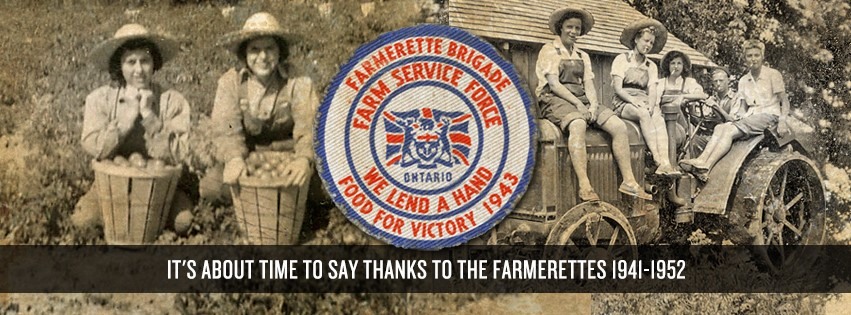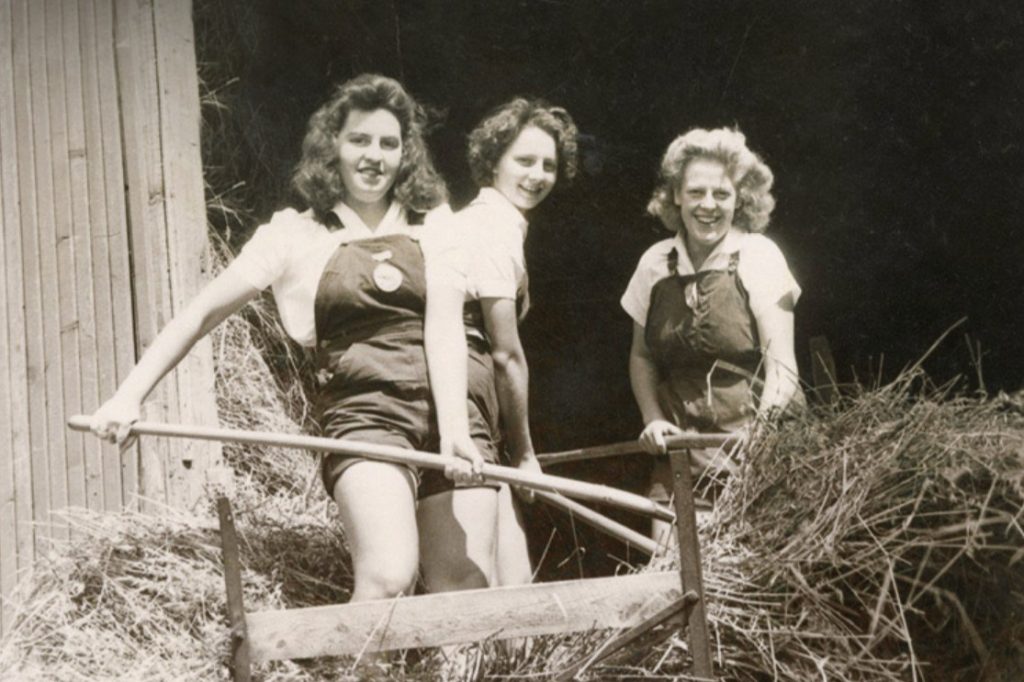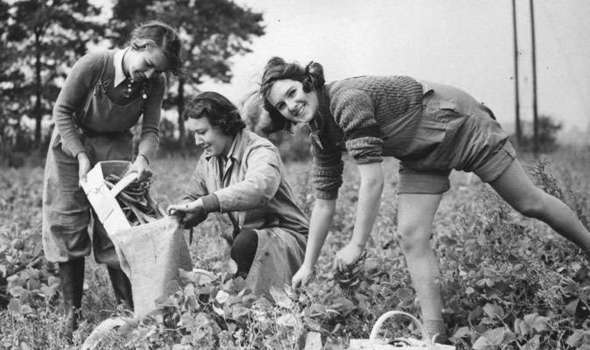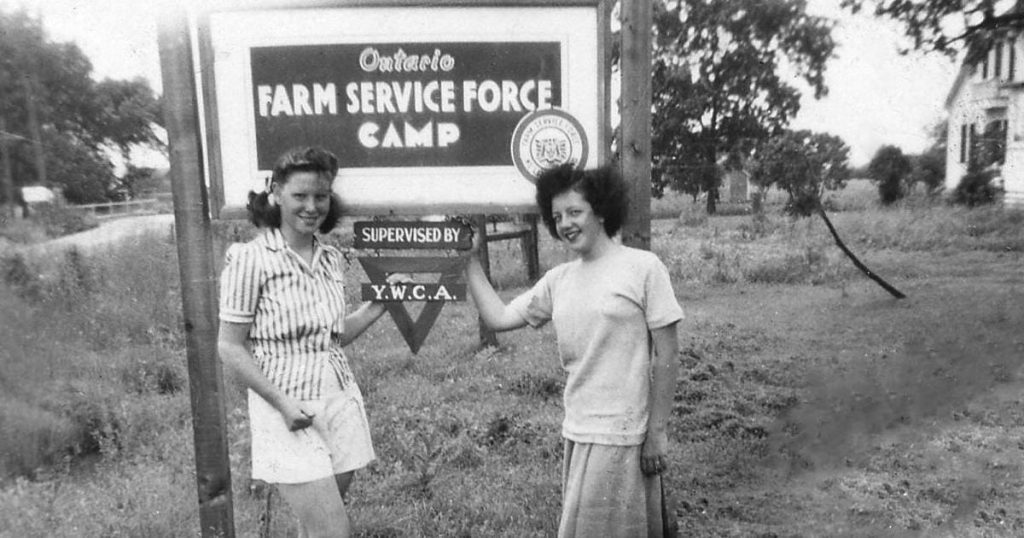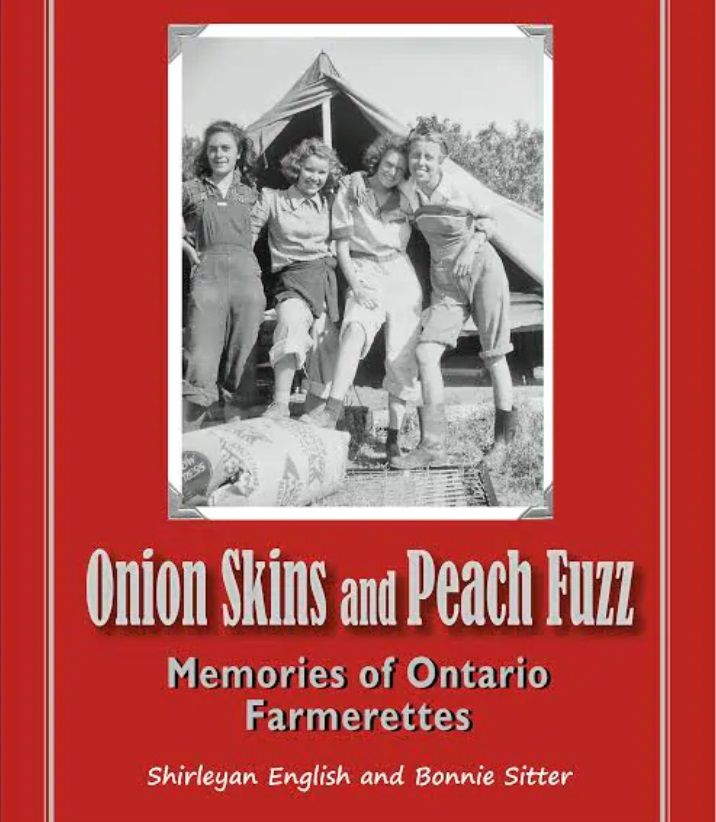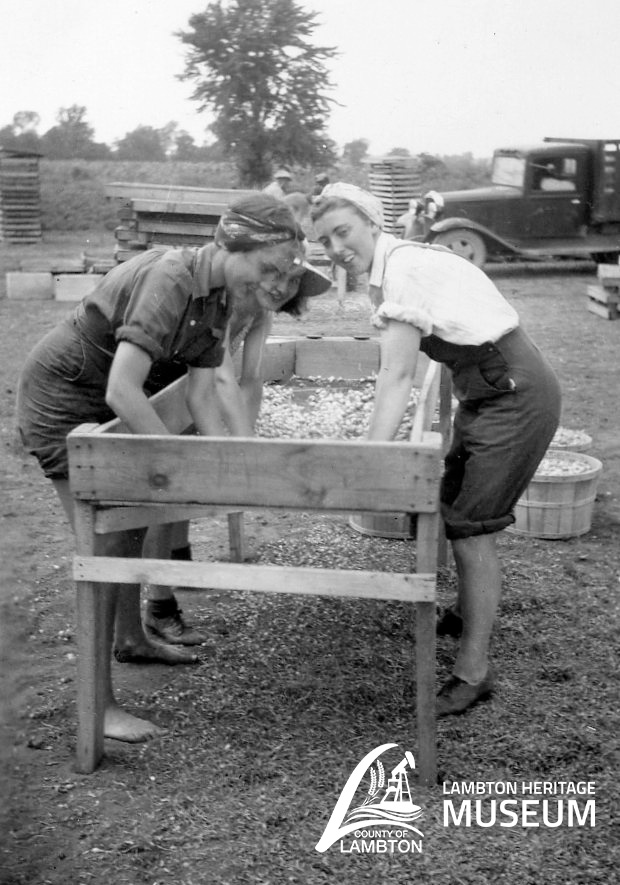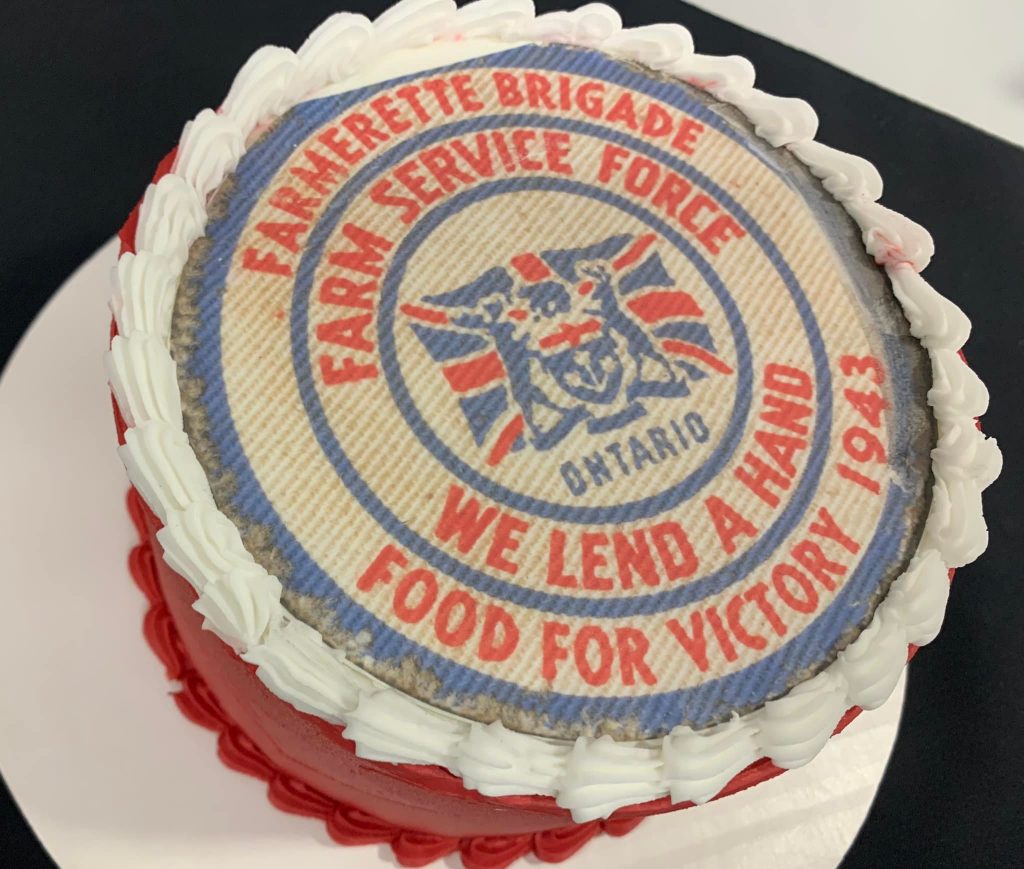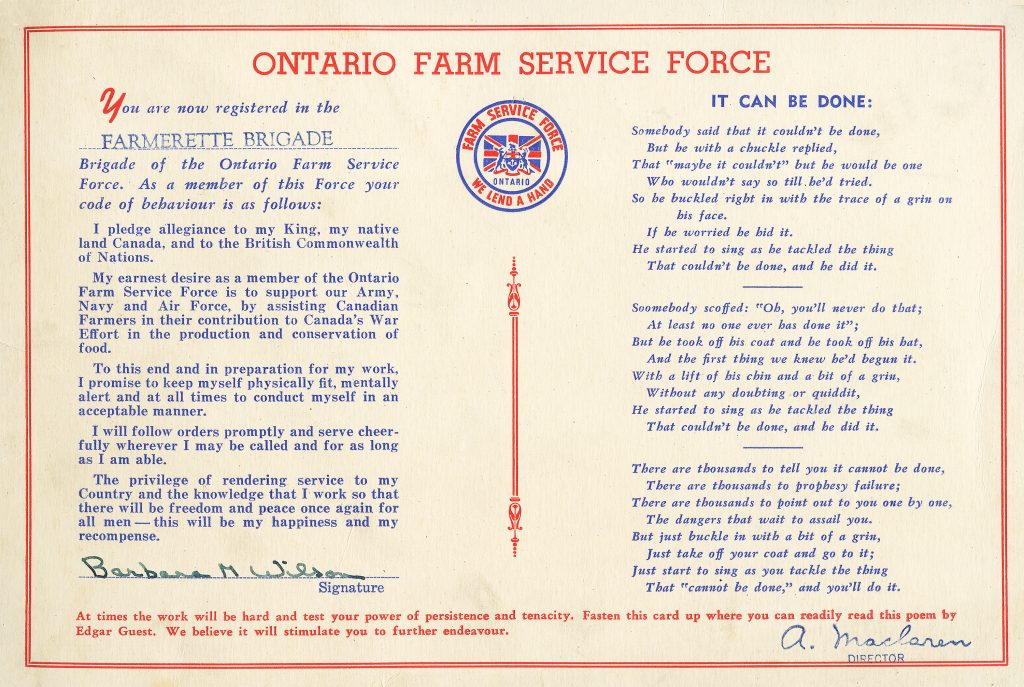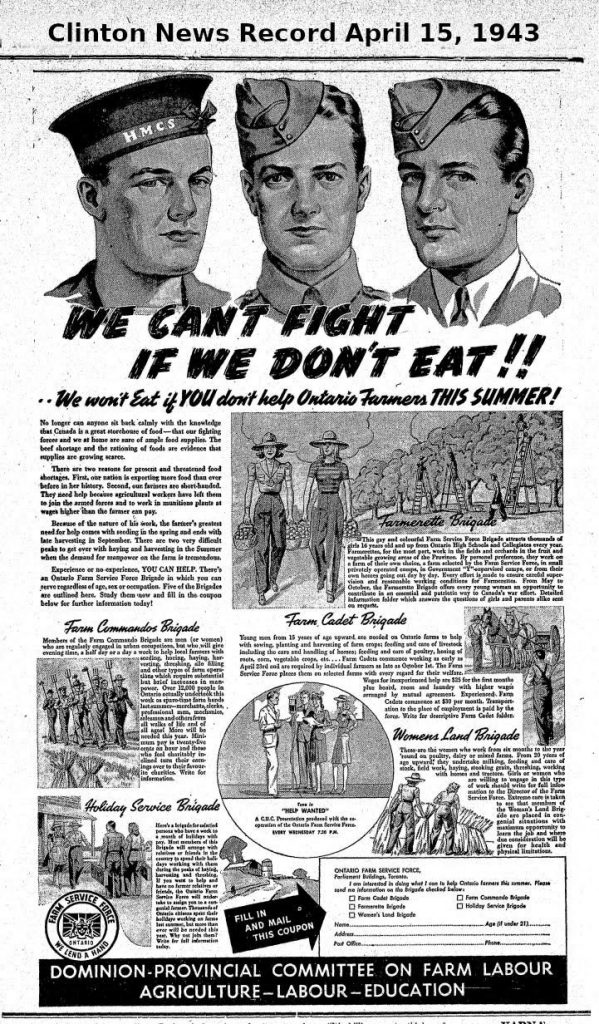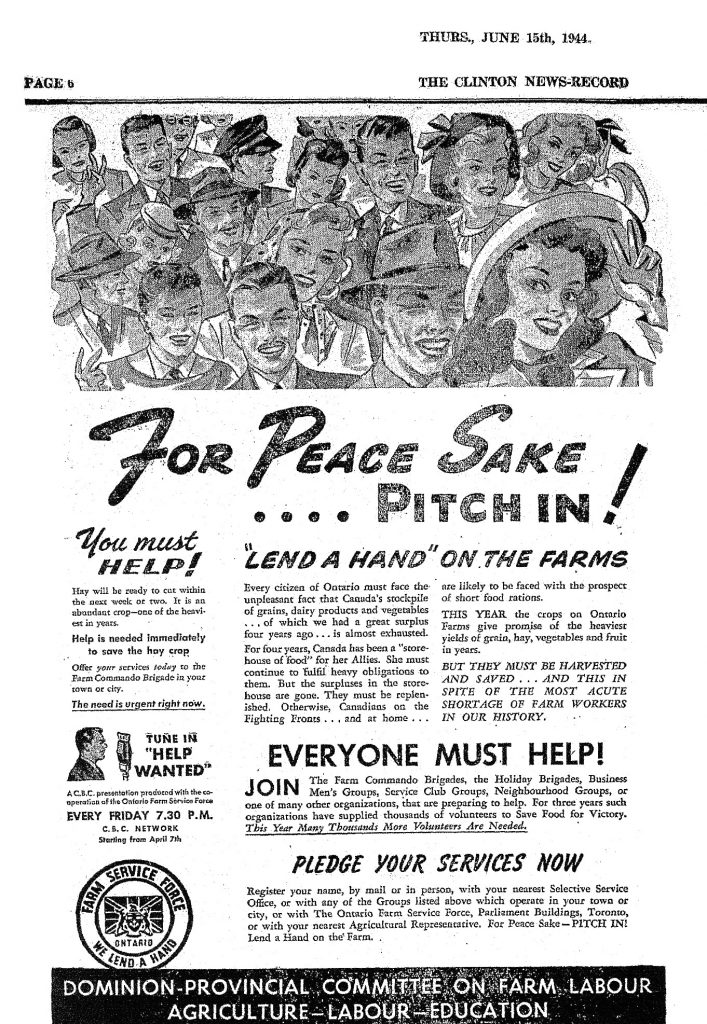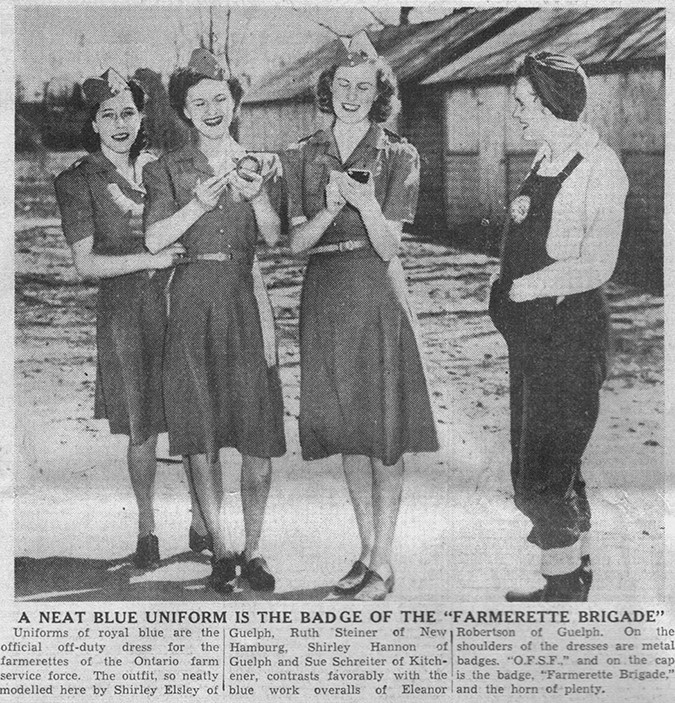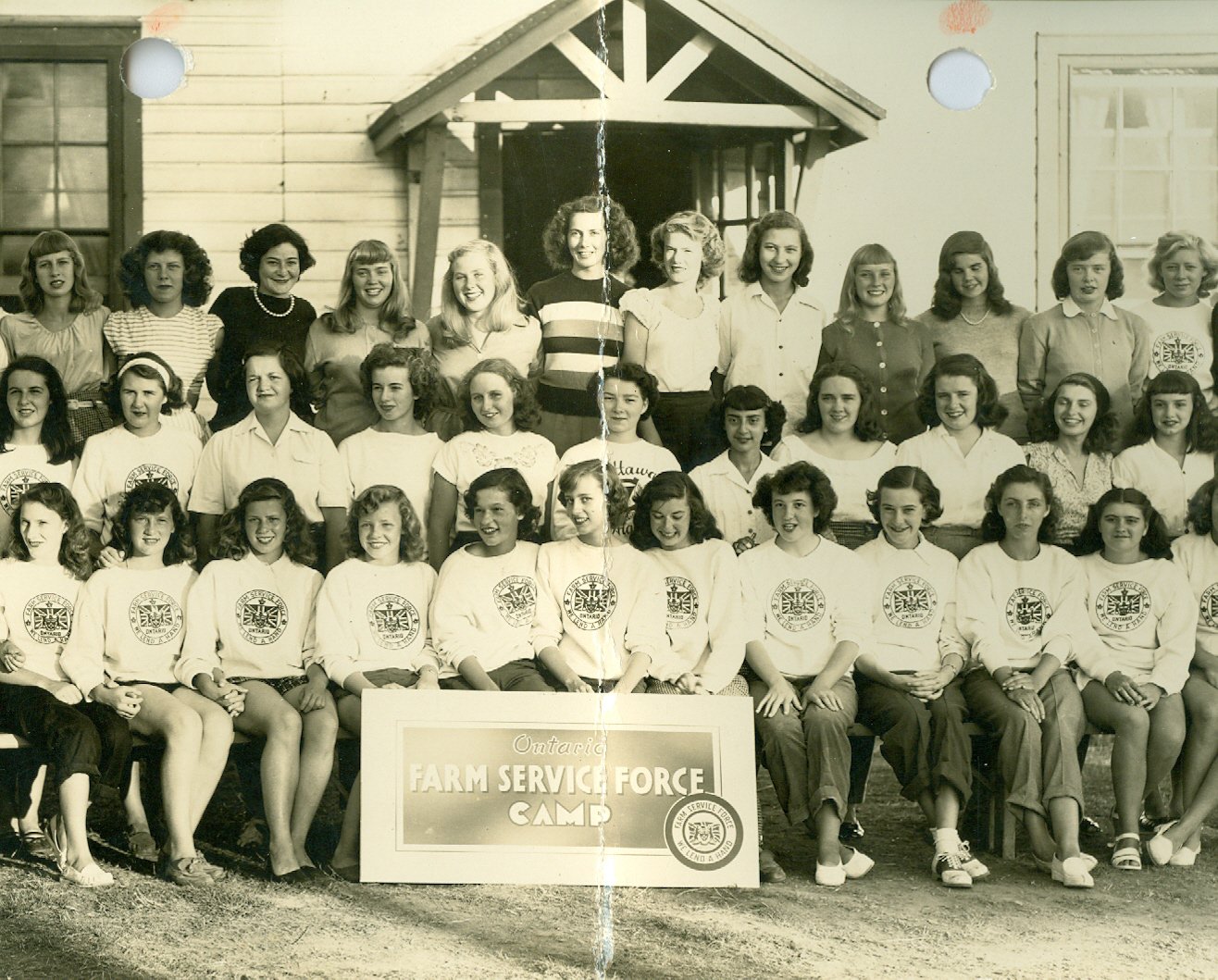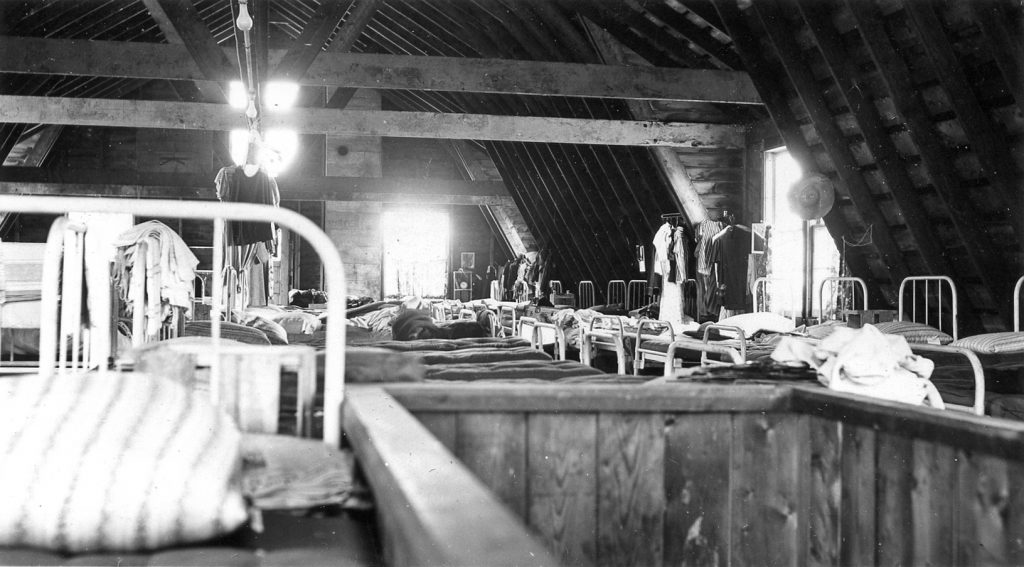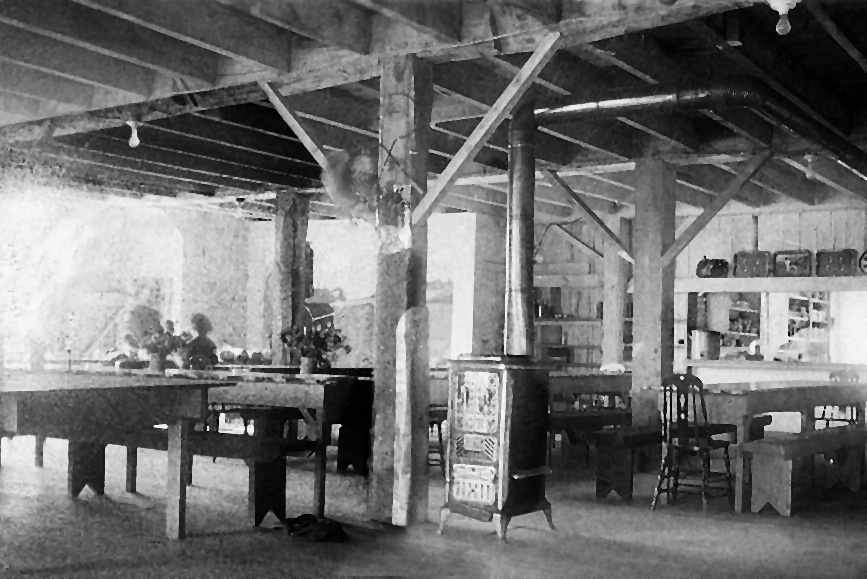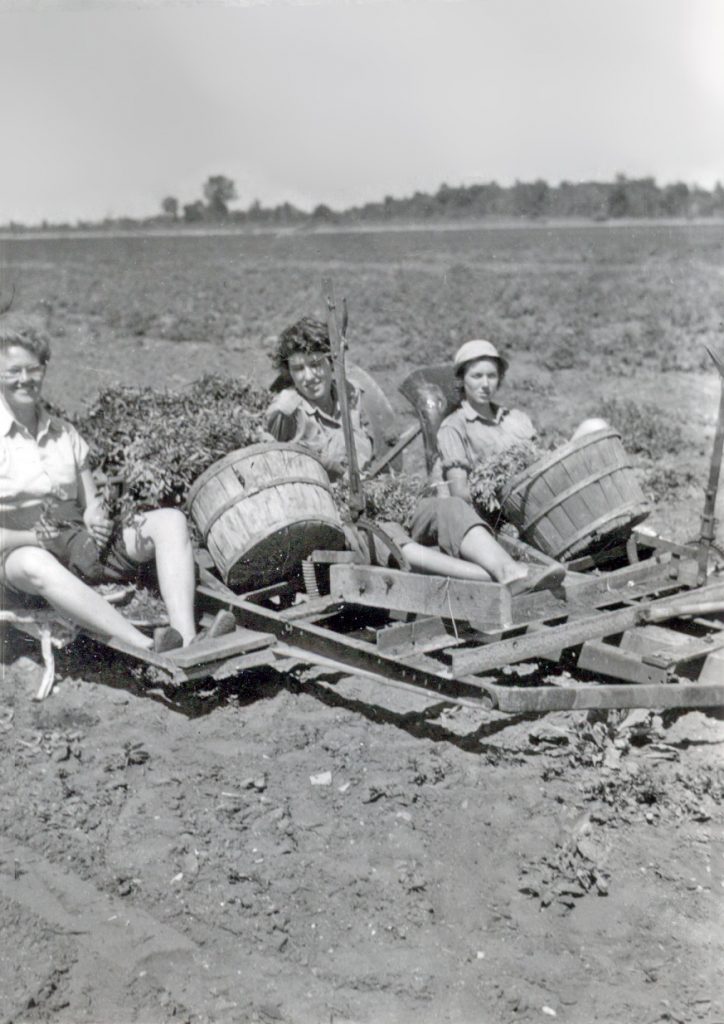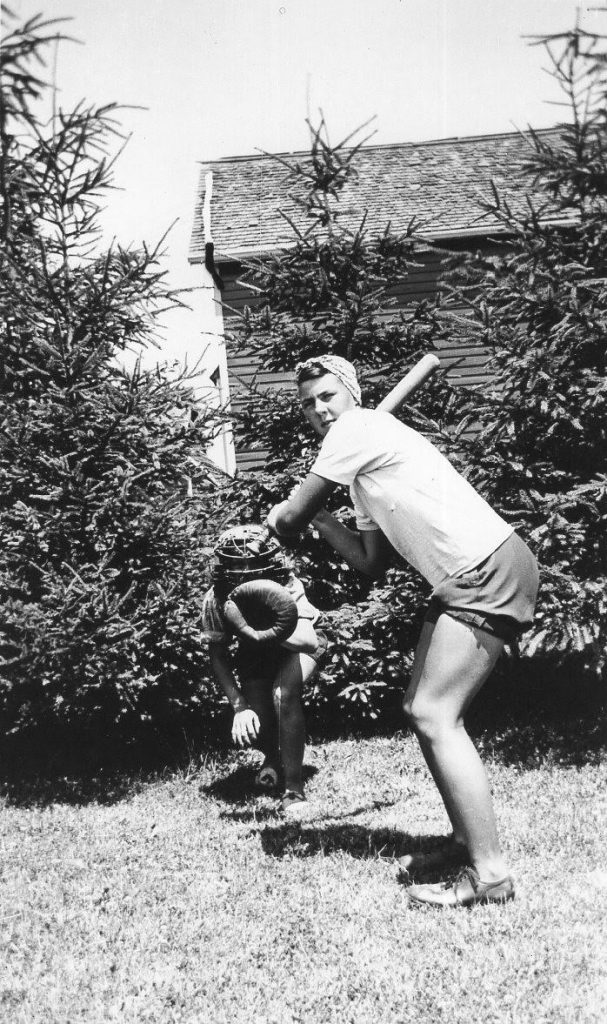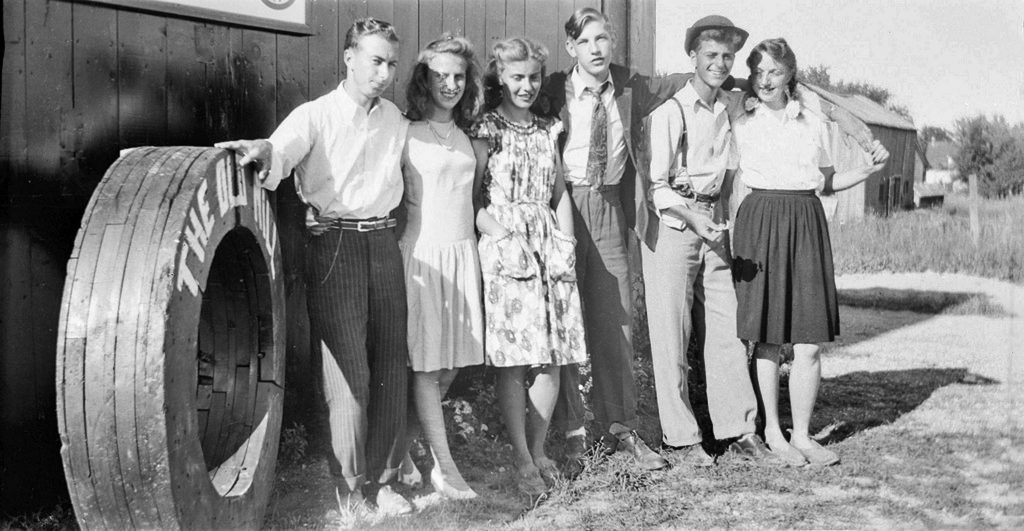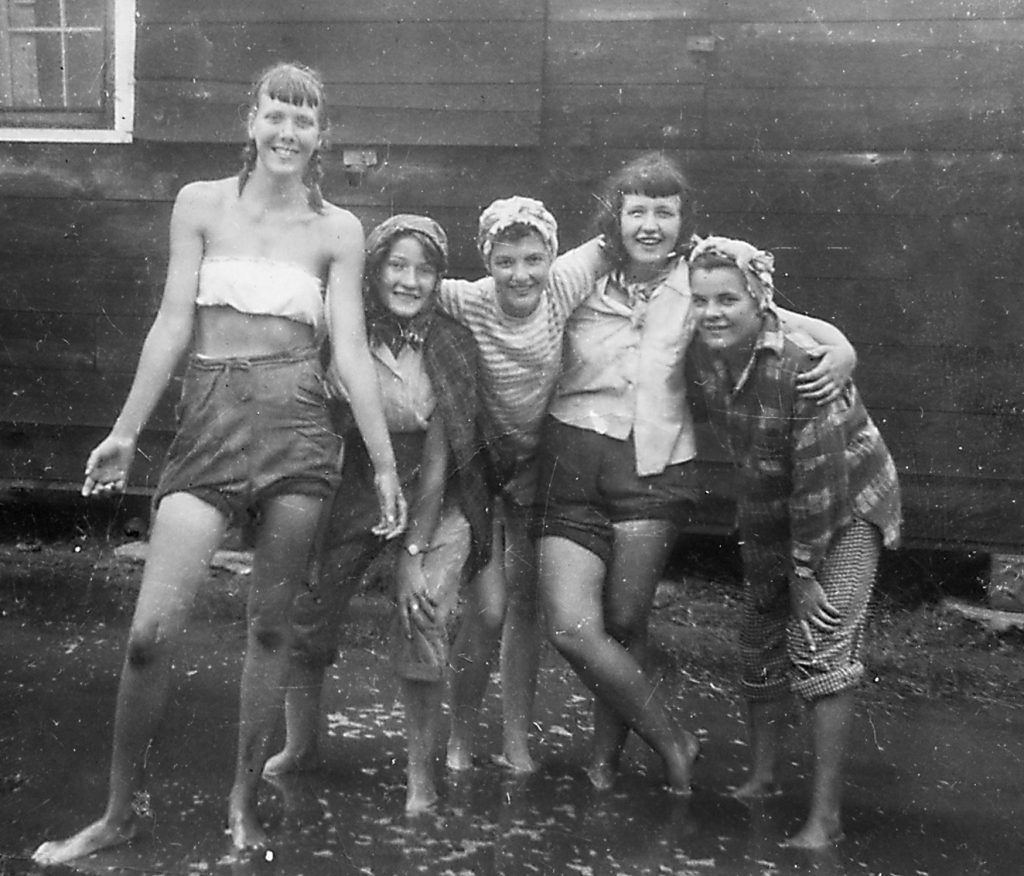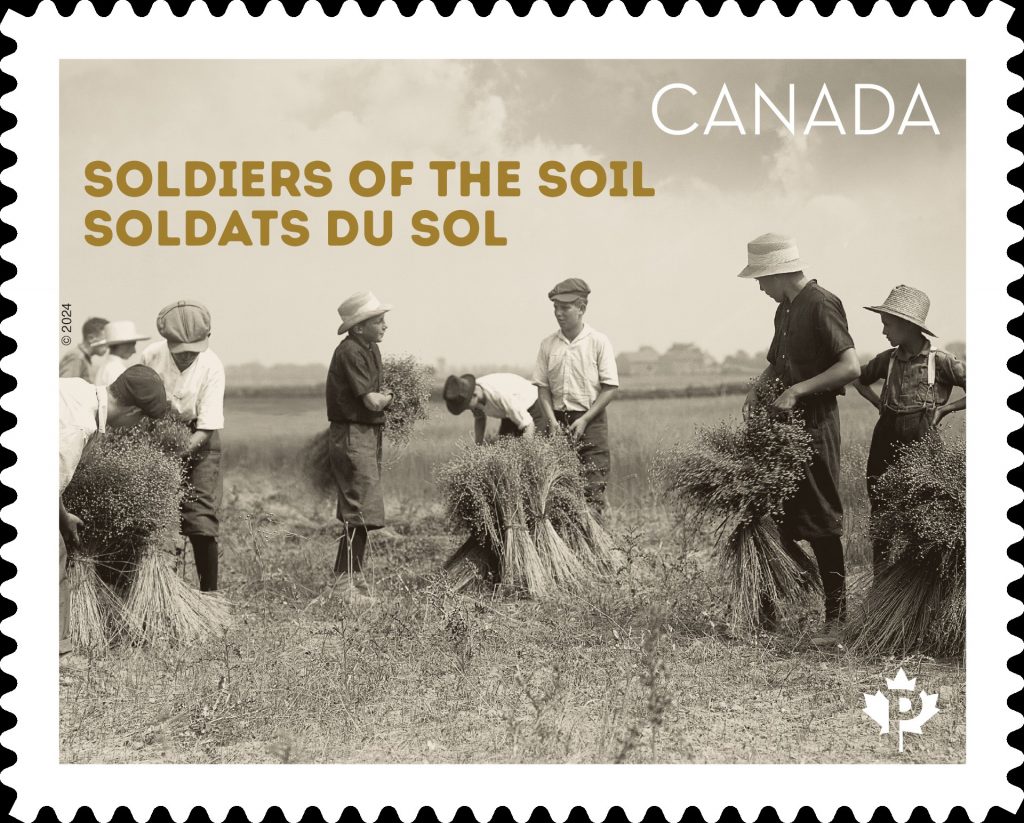With Remembrance Day approaching and last week’s special announcement (read to the end for what it was), I found the perfect excuse to complete the incredible Canadian WWII Home Front story of the Women of the Farmerette Brigade.
“They can’t fight if they don’t eat” Farmerettes, the thousands of young women who took the place of male farmers and farmhands who had gone off to fight in the Second World War.
Source: Farmerettes Forever FB Page
Special Note: Today’s post provides a high-level look at the remarkable service of these women, inviting you to explore the book mentioned below, join the dedicated Facebook group, and visit the Lambton County Museums website to dive deeper into their stories and history—three invaluable resources you won’t want to miss!
Farmerettes pitching grain in Shelburne, Ont. 1945. Source: Canadian Geographic
Further Reading: Please take a look at my archived collection of vintage blog posts highlighting ‘World War 2 Women’s Contributions & Home Front Posts‘
WHO WERE THE FARMERETTES?
During WW2 Canada was no different then any of the other allies countries, heading to work in jobs that the men who were now serving overseas could no longer occupy.
Women worked in factories building bombs, airplanes, and various other machinery for the war. However as the war progressed feeding everyone, especially soldiers became a top priority as well. So the women went to the farms.
In Britain, they organized farm work for women (“Land Girls”) through the National Service Women’s Land Army.
Source: Express.co.uk
In Canada, “Farmerette” camps were operated by the Federal Department of Agriculture and the Ontario Farm Service Force, to help meet those wartime production food needs mentioned above.
During the First World War, the Ontario provincial government created the Farm Service Corps, made up of girls 16 years of age and older, to provide farm labour. The Corps ran from 1917 to 1918, and the workers were known as farmerettes.
During the Second World War, a similar initiative, called the Ontario Farm Service Force (OFSF), was put in place from 1941 to 1952. These young women planted, hoed, thinned, sprayed, staked, detasseled and harvested the fruit and vegetables in Southern Ontario when the men had left farm labour jobs to enlist for service to fight for our freedom. On market garden farms and in orchards in Southern Ontario and the Niagara Peninsula the Farmerettes volunteered through a government program called the Ontario Farm Service Force.
These women really did make a difference and until recently their service has been largely unknown.
HOW DID THEY STORY COME TO LIGHT?
The publication of the book titled, ‘Onion Skins and Peach Fuzz Memories of Ontario Farmerettes‘ by Shirleyan English and Bonnie Sitter has brought to light the service these young women offered and the success of the program.
Bonnie Sitter of Exeter, Ont., found an old photo while going through her late husband Conrad’s belongings. It showed three young women sitting on a running board of a vehicle. It was taken on her late husband’s family farm near Thedford, northwest of London close to Lake Huron. On the back of the photo was written: Farmerettes 1946.
Sitter’s curiosity led her to do some research and eventually, she wrote a letter to a local newspaper asking for women who served as Farmerettes to get in touch with her.
Shirleyan English, a former Farmerette, got in touch with Sitter. English had written a similar newspaper article in 1995 and received letters from 300 women who worked in the Second World War program.
The two would go on to co-author the book Onion Skins and Peach Fuzz: Memories of Ontario Farmerettes in 2019 (source).
Liz / Vintage Inn Blog Note: I grew up in Sarnia Ontario, in Southwestern Ontario where many of these farms were and I never was taught this history in school. I hope that changes in the future.
“We Lend A Hand“
1940s photo of Farmerettes rubbing dry onions to remove their outer skin.
Source: Lambton Heritage Museum
The Farmerette motto was “We Lend A Hand” and they were good to their word. When greater food production was requested by our Allies in 1943, a second motto was born, “Farmerettes: Food For Victory in 1943.” (Source).
Custom cake boasting the Ontario Farm Service Corps badge. Source: Farmerettes Forever FB Page
The Ontario Farm Service Force Farmerette Brigade pledge, signed by Bonnie Wilson.
Source: Lambton Heritage Museum
RECRUITMENT
The Ontario Farm Service Force ran a recruitment program. It was advertised in newspapers and on posters. The Department of Education was very supportive. Many workers were recruited through field staff visits and announcements made over P.A. systems.
Girls from across Ontario signed up. They came from as far north as Sioux Lookout and from both big cities and small towns. Farmerette Joyce McKinnon recalled that British war guests and French Canadians signed up. While some girls commuted from the city and neighboring farms daily, many traveled by train and ferry to live in large camps and on farms. This was the farthest some had ever been from home (Source).
April 15th, 1943 Recruitment Ad: “WE CAN’T FIGHT IF WE DON’T EAT!!”…”We won’t Eat if YOU don’t help Ontario Farmers THIS SUMMER!“
Yooza! I know I would of signed up after reading this advertisement.
Source: Lambton Heritage Museum
“For Peace Sake…Pitch In! “Lend a hand” on the farms”. June 15th, 1944 recruitment ad for the Farmerettes.
Source: Lambton Heritage Museum
THE UNIFORM
A uniform was available to buy in the early years of the Farmerette program. It included a royal blue cotton dress and wedge cap. There were white gloves, shoes, and socks, as well as a “Horn of Plenty” badge. The uniform was forgotten quickly as overalls, work shirts, and bandana’s were worn on the job (seen in many of the photos in this post).
Inge Cumberland remembered:
“The Farmerette uniforms were smart, optional and expensive. My parents considered them unnecessary but the friend I had joined with was getting one so of course I had to have one. My argument was that when I was in uniform I could ride free on public transportation. I won that battle and I think I wore that uniform exactly twice, once on a bus and once for an Ontario Farm Service Reunion. I still have the little wedge cap among my souvenirs” (Source).
1940s newspaper clipping showcasing the “Neat blue uniform of the Farmerette Brigade”.
Source: Lambton Heritage Museum
LIFE ON THE FARMS
The Farmerettes employed by the Farm Service Force pose for a group picture at the Huttonville Camp (Source).
Source: Oakville Historical Society
Food, housing and a small wage were provided to young woman who spent the summers planting and harvesting field crops and tending livestock.
Living accommodations for the Farmerettes varied. They stayed in hotels and camp cabins or renovated buildings like barns. They also stayed in wooden barracks, military style steel huts, and tents. The largest camps had up to 100 girls.
Thedford, Ontario bunk house Source: Lambton Heritage Museum
The camps were “run a lot like a Girl Guide camp… with a house mother, a labour secretary [in charge of job assignment], plus a cook and helpers.” (Source).
The farmerettes worked up to 10 hours a day, earning 25 cents an hour. If they were picking fruit, they made 25 cents per six-quart basket, or if pruning tomatoes, 50 cents per 250-plant row. Room and board cost $4.50 per week. In addition, tasks like weeding large plots of crop land, picking fields of corn and stooking wheat, they helped with meals and did their laundry by hand (Source).
Farmerettes working in the onion fields. Source: Readers Digest
Girls in grade 13 with good grades who worked a minimum of six weeks could be exempted from their senior matriculation exams. Bus or train fare to the camps was paid by the government, as was the return fare if they worked four months (Source).
Rec Room at the Thedford camp. Source: Lambton Heritage Museum
There were two large Farmerette Camps in Lambton County. One was at the high school in Forest and the other was a converted mill in Thedford. I grew up in Sarnia, Ontario which is near the bottom of the map left.
THE FOOD THEY PLANTED
At the beginning of the season, Farmerettes worked on their hands and knees to plant and weed crops. That included celery, cucumbers, and onions. Throughout the summer they harvested tomatoes, asparagus, and rhubarb. They picked and packaged fruit such as raspberries, strawberries, and peaches. Another chore was to rub Dutch onion sets softly on wire mesh to remove the dried outer skins (Source).
1940s photo: Charlotte Wetford & Shirley Palmer brought their own eye protection for when they rubbed dutch onion sets.
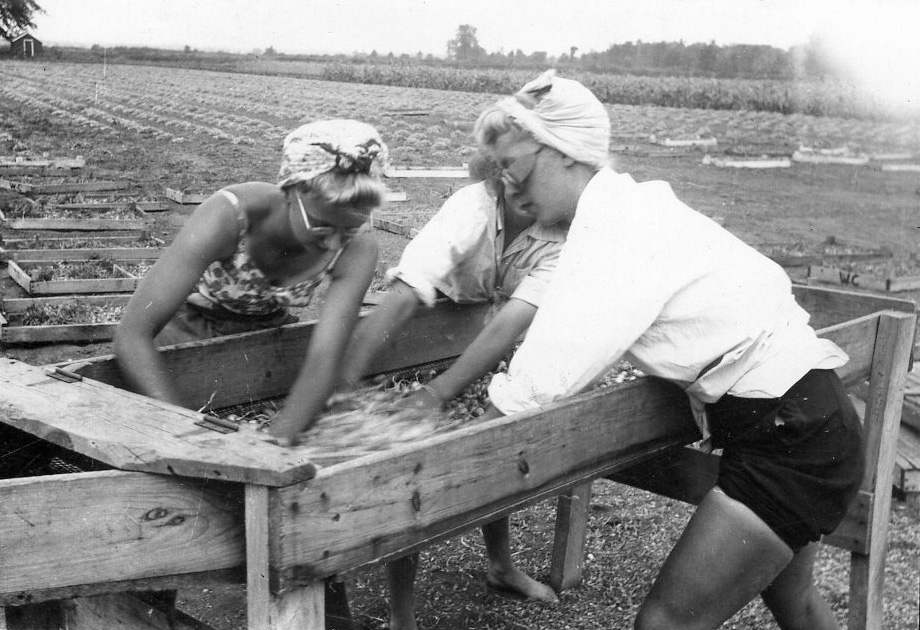
Source: Lambton Heritage Museum
In Lambton County, produce was sent to canning factories in Forest and Exeter and sold at markets. An interesting local crop was peppermint. On the Sitter farm, they distilled peppermint to oil which was sent to Wrigley’s Gum. For many girls, this was their first experience working in the field. They persevered through their physical aches and the heat to help bring in the harvest (Source).
Planting Peppermint.
Source: Lambton Heritage Museum
LEISURE TIME
Farmerettes had weekends and evenings off. In the evenings the girls might go see a movie in a town like Forest. Other activities were knitting sweaters for soldiers, writing letters home, or playing Bridge. Dances and shows were sometimes held at the camps where girls sang, played music, or performed skits. Some camps also had softball teams (Source).
1940s Photo: Baseball! The women in Forest & Thedford had softball teams that would play each other and challenge other local teams.
Further Reading: Lets Play Ball! The All-American Girls’ Professional Baseball League
Source: Lambton Heritage Museum
On most nights there was a strict curfew and “lights out” was at 10pm, though a few mischievous girls were known to sneak out. Once or twice a week they were allowed out until 11pm. Unlike today, it was a common occurrence for girls to hitchhike but the rule was to always go in a group.
On weekends they would visit nearby towns, cities, and beaches. Some places they visited were Detroit, Port Huron (directly across the border from Sarnia), Toronto, Niagara Falls, Grand Bend, Ipperwash Beach (I spent many a summer here & in Grand Bend), and Camp Ipperwash. On their trips they would attend dances, visit family, shop, go on dates, or swim (Source).
Heading out on the town. Fantastic 1940s fashions in these two photos.
Source: Lambton Heritage Museum
Date Night!
Gosh the men and women are so young in this 1940s photo. When I was 16 I was in school, complaining about homework and hanging out with my friends all the time. I could not imagine living this life.
Source: Lambton Heritage Museum
FARMERETTE STORIES
1940s photo of a group of girls playing in the rain. Source: Lambton Heritage Museum
Lambton Heritage Museum has several Farmerette stories, taken from Onion Skins and Peach Fuzz Memories of Ontario Farmerettes for you to enjoy (click the below image to be taken to the website). I encourage you take the time as they are fantastic reading.
What was the special announcement I mentioned above?
That the Farmerettes are now a stamp you can purchase from Canada Post. They share this special Remembrance day booklet of stamps with the ‘Soldiers of Soil’. Absolutely fantastic news! What a great way to help spread the word about the men and women who provided much needed farm labour in Canada during times of war.
Who were the Soldiers of Soil? In early 1918, the Canada Food Board created the national Soldiers of the Soil (SOS) initiative, to recruit boys 15 to 19 years of age to work on farms for the remainder of the war. The program’s acronym aptly spelled out the Morse code call for help (Source).
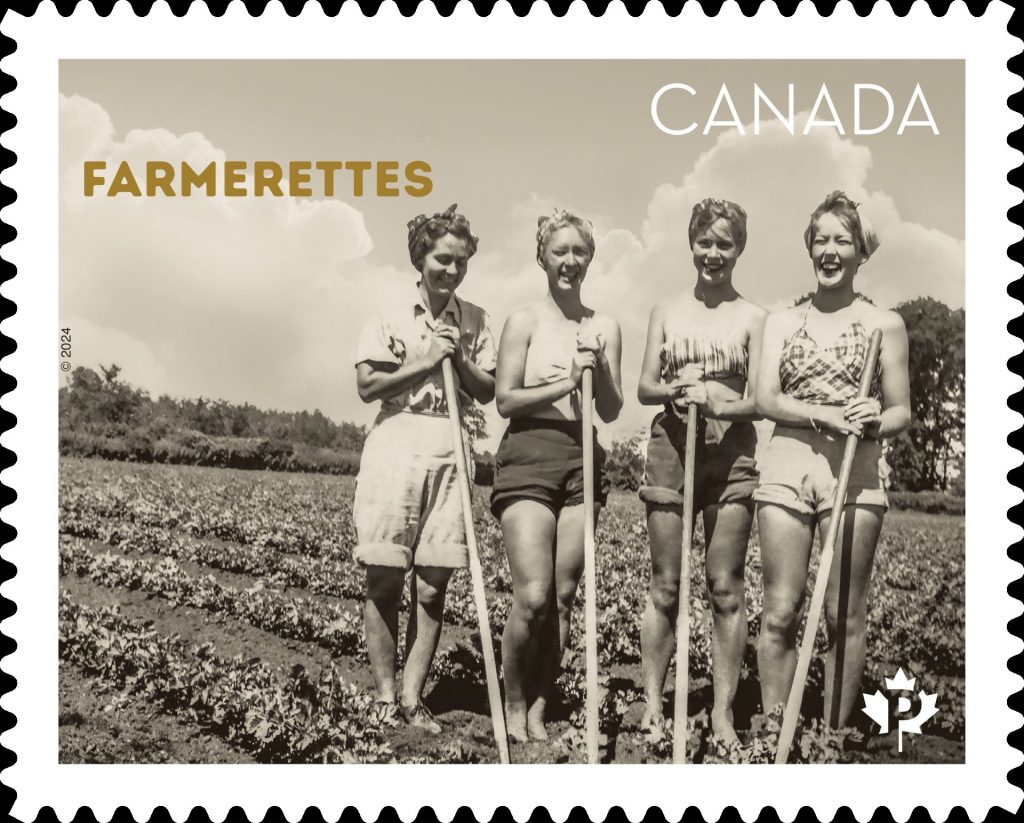
A fantastic video talking about the stamps (video link here).
The Farmerettes join another historic stamp—now a collector’s item—that I own and previously blogged about, featuring ‘Veronica Foster, The Bren Gun Girl“. See her stamp below and read all about Veronica HERE.
I hope you enjoyed learning about the Farmerettes and their outstanding contributions to the war effort. It was difficult time for everyone and it was important that everyone did their part to help end the war and bring the soldiers home safely. Farming was part of that job.
Question time: Have you ever heard of these women? Do you have any family members that worked in factories or arms farms like this, “doing their part”/ Share any thoughts in the comment section below.
Further Reading: ‘World War 2 Women’s Contributions & Home Front Posts’ (archived blog posts).
Thanks for dropping by!
Liz

